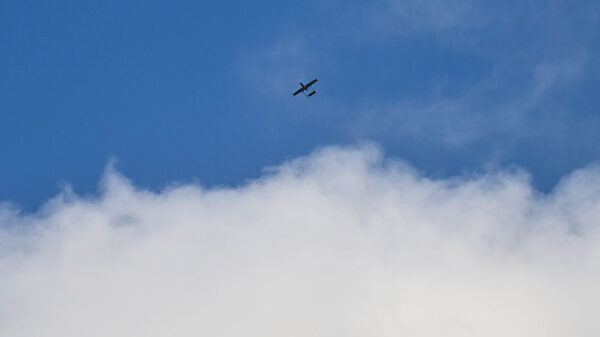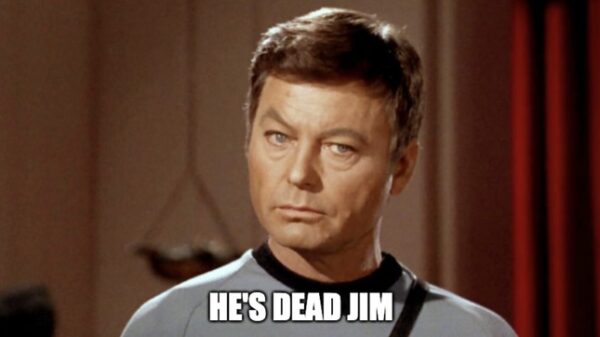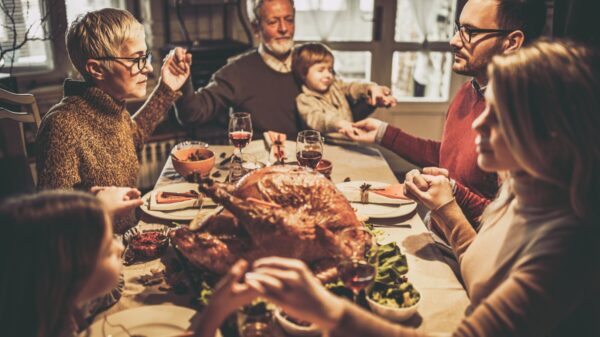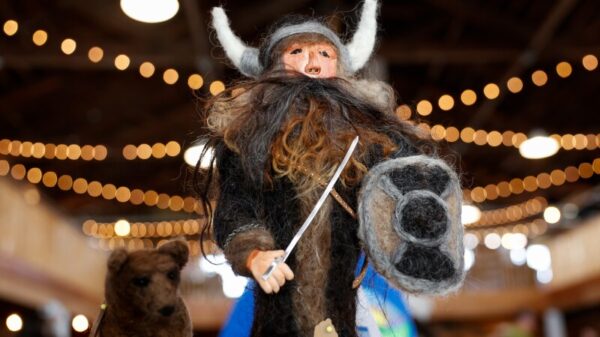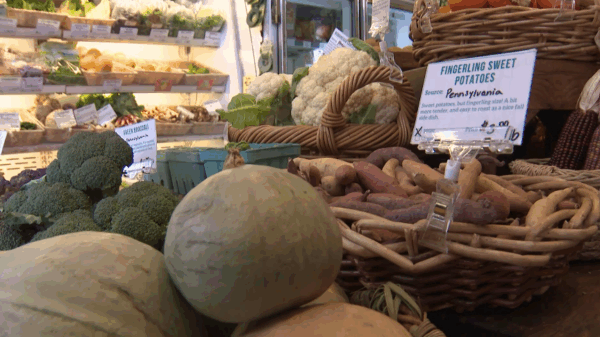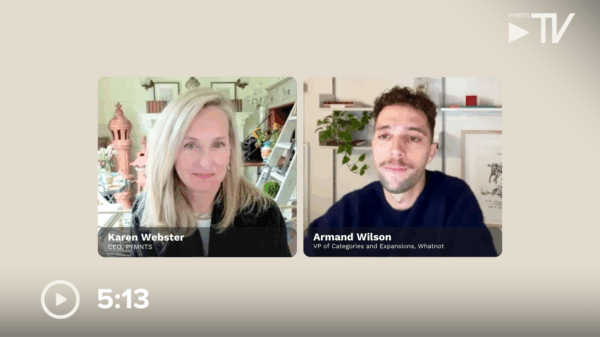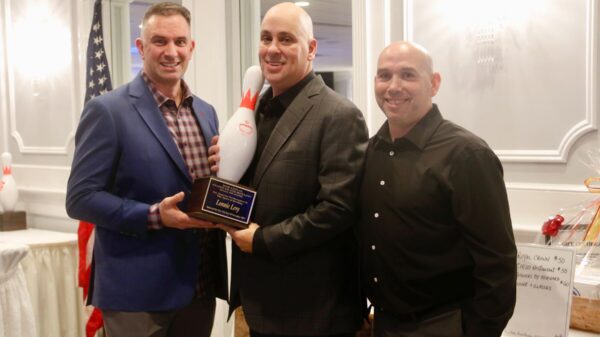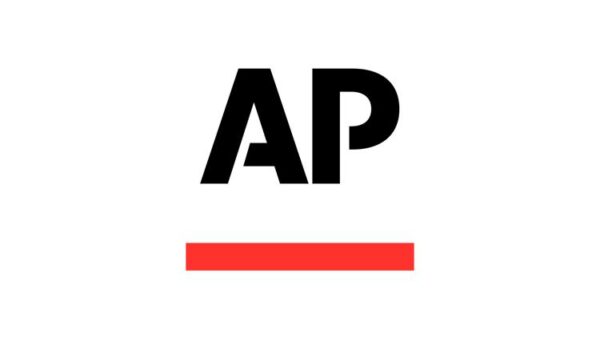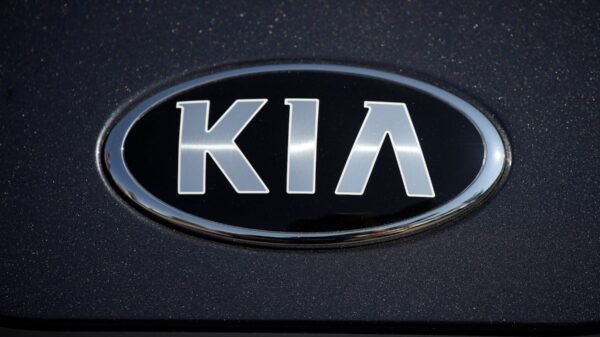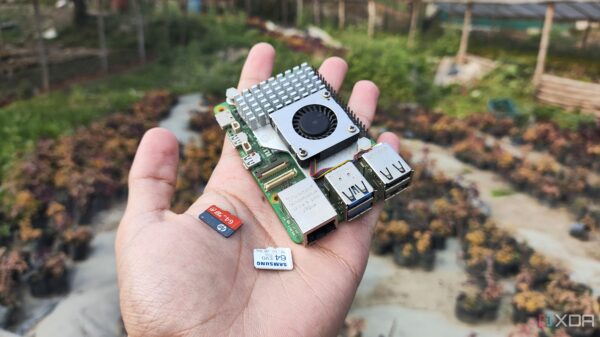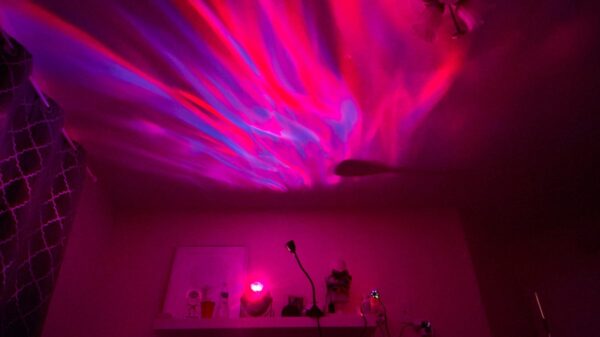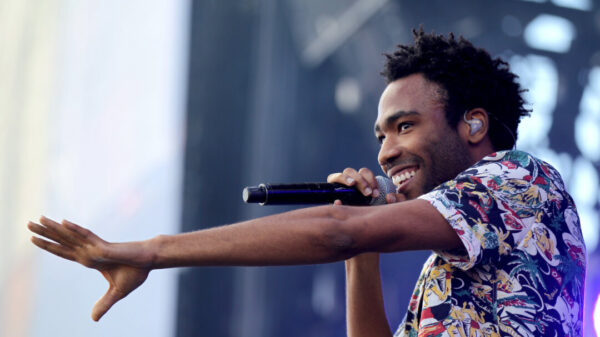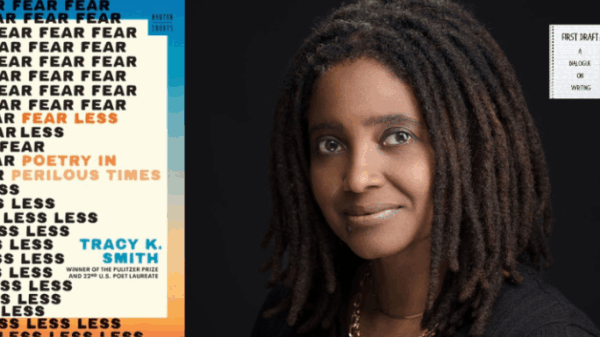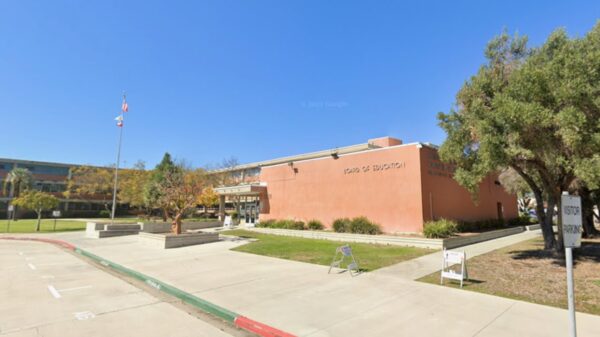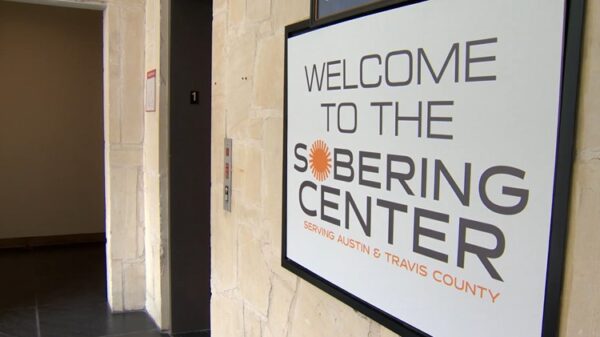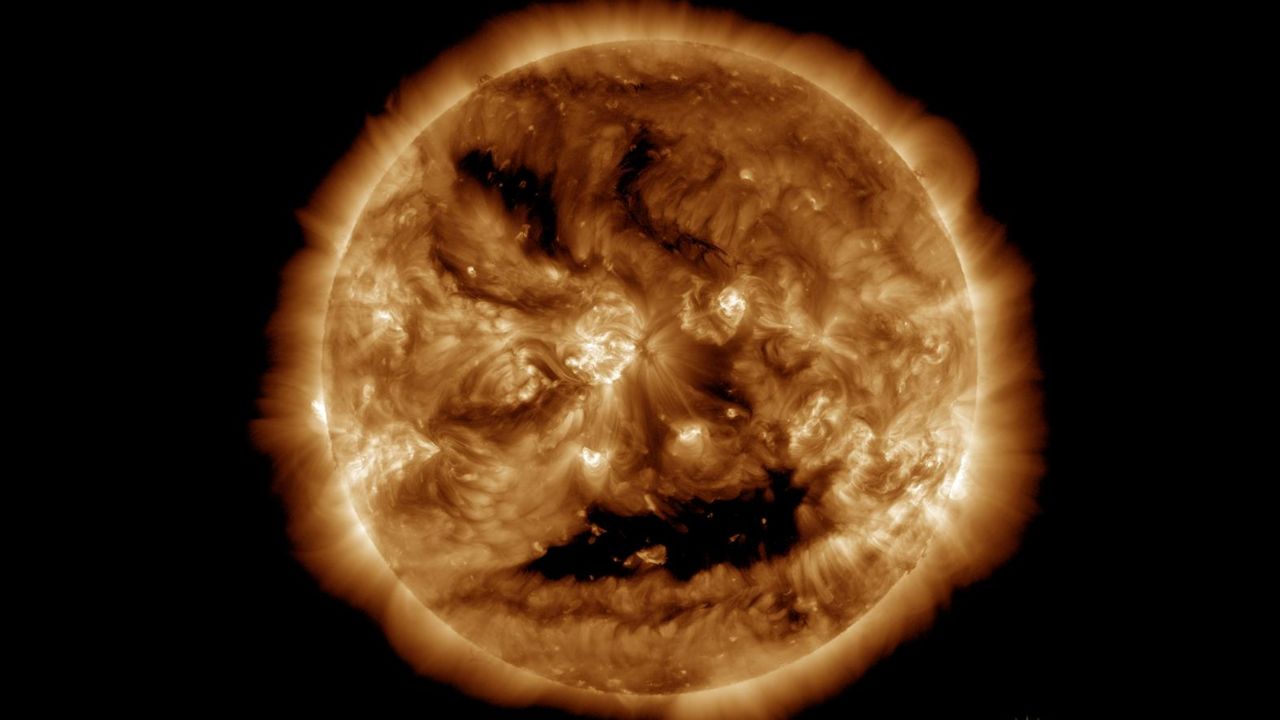NASA’s Solar Dynamics Observatory (SDO) revealed a striking image of the sun on October 28, 2023, resembling a jack-o’-lantern just in time for Halloween. The photograph features a combination of bright active regions and dark coronal holes, creating the illusion of a grinning face glowing in the solar atmosphere.
Captured at a wavelength of 193 angstroms, the image shows bright areas that resemble glowing eyes and a nose, while the “mouth” is identified as a large coronal hole. This particular feature indicates an area where the sun’s magnetic field is open, allowing particles to escape into space as solar wind. Currently, this coronal hole is sending a high-speed solar wind stream toward Earth, which has the potential to trigger minor (G1) to moderate (G2) geomagnetic storm conditions from October 28 through October 29, according to space weather forecasters.
These geomagnetic storms can cause auroras to extend beyond their typical polar confines, reaching mid-latitude regions. This occurrence serves as a reminder of the Halloween storms of 2003, when powerful solar eruptions created stunning displays of auroras while disrupting satellite systems and power grids worldwide.
Continuous Monitoring of Solar Activity
Since its launch in 2010, NASA’s SDO has provided continuous high-resolution observations of the sun. Its data assists scientists in understanding the sun’s magnetic activity and how it influences space weather, which can have direct effects on life on Earth. The observatory’s Atmospheric Imaging Assembly (AIA) plays a critical role in capturing these images, enabling researchers to analyze solar phenomena in great detail.
This is not the first instance of the SDO capturing a spooky visage on the sun; a similar jack-o’-lantern-like image was observed in 2014. The ability to view such stunning solar visuals not only fascinates the public but also enhances scientific understanding of solar dynamics.
As the sun continues to exhibit these intriguing patterns, observers are reminded to stay informed about potential space weather impacts, especially with the approach of Halloween and the associated festivities.






